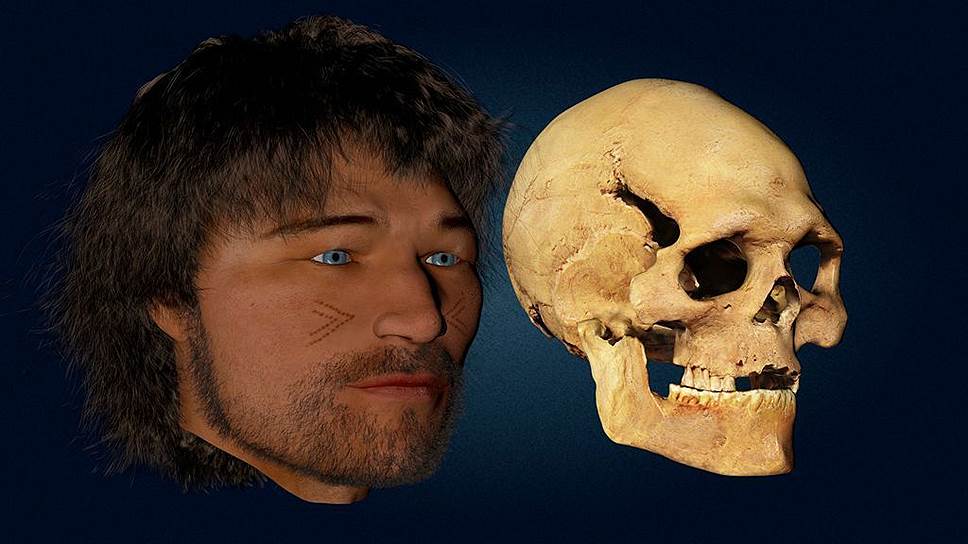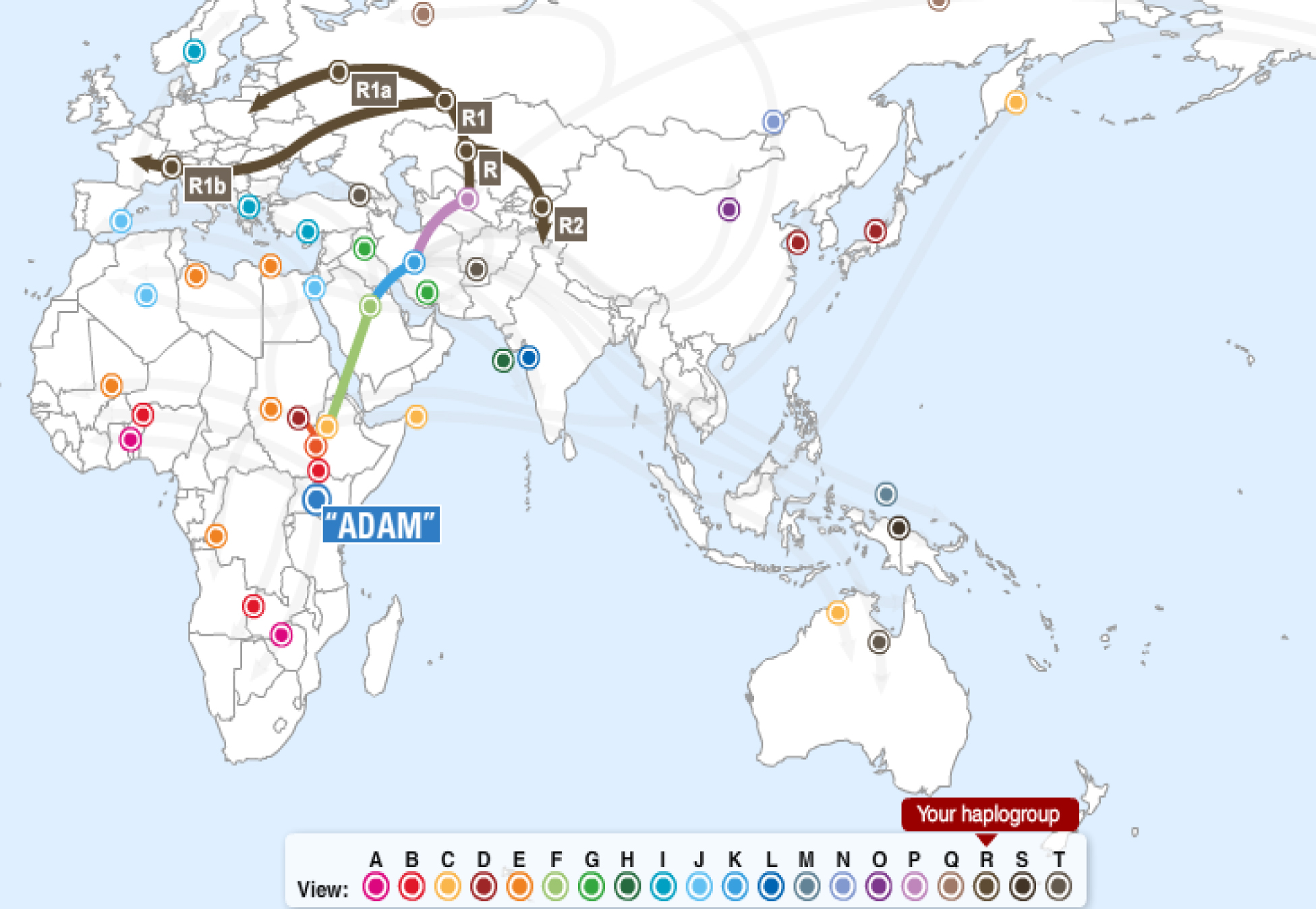Goga
Banned
- Messages
- 2,651
- Reaction score
- 152
- Points
- 0
- Y-DNA haplogroup
- R1a*
- mtDNA haplogroup
- HV1b2
I'm more puzzled than you are. And I don't have any concrete answers, but there can be an explanation, Basal Eurasian could be native to the Caucasus Mountains.If that's the case, as I pointed out early in the thread, there's a Basal Eurasian problem. Villabruna doesn't have any Basal Eurasian. Did WHG leave the Near East before it arrived? CHG is 13,300 before present, yes? It already had about 32% Basal Eurasian according to this paper. How could Villabruna, dated 14,000 YBP have avoided it? Isn't that cutting it a little close?
Also, where did it come from? I know Dienekes was always going on about a refugium in Arabia, but I don't know how likely that is, and, as I said, when did it arrive? Wouldn't the Natufians have already had it? Also, if it came from there it would have traveled south to north.
They found that CHG fella in Georgia, Caucasus Mountains. Basal Eurasian could be part of the most ARCHAIC humanoids who survived high in the Caucasus Mountains. (Caucasus Mountains are higher then the Alps.)
R1b never lived in the Caucasus, but he evolved from the hg. R1* somewhere on the Iranian Plateau. There is no Basal Eurasian in that Villabruna-fella because he was never in the Caucasus Mountains at the first place.

Like R1a* also R1b* is from the Iranian Plateau.
About R1*
" Based on spatial distributions and diversity patterns within the R1a-M420 clade, particularly rare basal branches detected primarily within Iran and eastern Turkey, we conclude that the initial episodes of haplogroup R1a diversification likely occurred in the vicinity of present-day Iran. "
http://www.nature.com/ejhg/journal/v23/n1/full/ejhg201450a.html
Why I'm thinking that R1b is from the Iranian Plateau? Because in the NorthEastern side of the Iranian Plateau * SouthCentral Asia there is not only R1*, R1a*, R1b*, but also R2*, R2a, etc..







